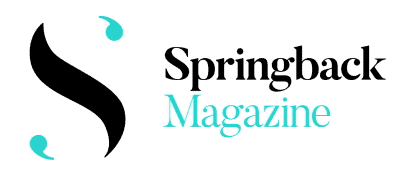So what absence could In Absentia be referring to? When the performers unfold their chants with ringing bells, their slow procession is reminiscent of danses macabres performed in medieval funeral rites. It should be noted that earlier in the Festival, the piece had been performed in Royaumont Abbey (to the north of Paris), where the ancient stones could deeply echo with the religious lyrics. If the piece was not designed as a site-specific performance, its immersive setup doesn’t seem to chime as well with the dark walls and floor of Théâtre de Chaillot. Rather than catching glimpses of the performers’ merry-go-round, part of the audience chose to close their eyes and be carried along with the harmonious voices. To me too, it felt like the right move. The resonating songs may thrive across the change of venues, but dance might just be what remains on the fringes of In Absentia.
Absence is also at the heart of Brazilian choreographer Marcelo Evelin’s Uirapuru, presented in the very same auditorium. However, with its canopy of fruits and wooden spears hanging in mid-air, the scenery strikingly brings up a symbolic atmosphere of age-old Brazilian forests. The piece is named after the Tupi-Guarani legend of a man who was turned into a musical wren to sing his of forbidden love for a married woman. Likewise, onstage, birdsong echoes in the distance but remains invisible and fugitive, while a woman walks in the empty space under a set of warm spotlights. Wearing only a collar of strings and black shorts on her bare skin, she steps from left to right and back again, over and over, shooting a fierce look straight at the audience.
As a second woman comes in and takes up the mesmerising pace, soon followed by a third and three men, the performance grows in intensity and complexity. Their moves may be the same, but the patterns constantly split up to reconfigure. The performers go from duets to trios, standing side by side or face to face, lining up or spreading across the stage, without ever stopping the motion. The piece builds up tension by combining a relaxing regularity of movement and the risk that a trigger could break the circle. The parallel with the issues of deforestation in Brazil then appears crystal clear. Like the enchanted bird in the legend, the six dancers, all from the Nordeste region, symbolically turn into guardians of a threatened nature. By performing in France, Marcelo Evelin and his company Demolition Incorporada even reemphasise the metaphor with a paradox: while South American wildlife is miles away from the venue, the artists bring it to an invisible yet deeply moving proximity. So when the secret of the mysterious birdsong is eventually unveiled, Uirapuru resonates with wistful and hopeful notes.









